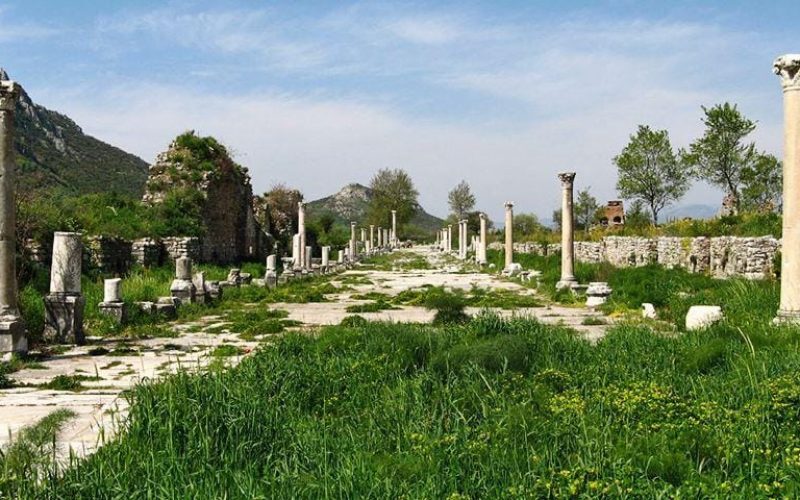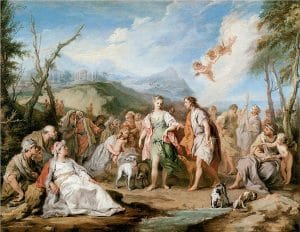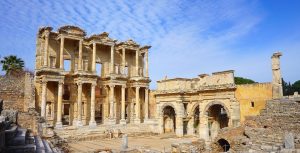State Agora (Government Agora) in Ephesus Turkey
Between two different agoras, the State Agora was the important one as a meeting place for governmental discussions and trade deals in the 1st century BC.
 State Agora was an area where people congregated for congregated and social reasons. The State Agora had a rectangular form and was surrounded by stones and decorated with sculptures. The stops were stockaded and roofed structures that were provided on rainy days and hot summer days. These stones were also used by philosophers who were giving courses to their students. There was also a temple on behalf of the Egyptian goddess Isis, which was built by the Egyptian merchants in the center of the building.
State Agora was an area where people congregated for congregated and social reasons. The State Agora had a rectangular form and was surrounded by stones and decorated with sculptures. The stops were stockaded and roofed structures that were provided on rainy days and hot summer days. These stones were also used by philosophers who were giving courses to their students. There was also a temple on behalf of the Egyptian goddess Isis, which was built by the Egyptian merchants in the center of the building.
According to archeologists the necropolis of Ephesus was in this place before agora. Many graves dating back to the 7th-6th centuries BC were found was the northeast side of the Government Agora during the excavations.
The big cistern, which was for collecting the rainwater and distributing water to buildings with terracotta pipes, was in State Agora. These terracotta pipes are still visible and well-preserved. In Ephesus, there are many pipes are, made of red clay. Some pipes have still white limestones which means these pipes were placed horizontally under the land for carrying the water, and some of them were vertically in the buildings for a central heating system with hot water and hot steam. There are still well-preserved pipes from BC and AD. Besides carrying water for daily use they also took dirty water to the sewage system with these pipes.
On the south side of State Agora, a water palace is located. It was funded by proconsul Laecanius Bassus in 80 A.D. The Water Palace was the main water source and supplied water to the fountains such as Pollio Fountain, Hydreon Monument, and Trajan Fountain. The water palace was midway between an aqueduct and fountains. Locals got their water from these fountains.





